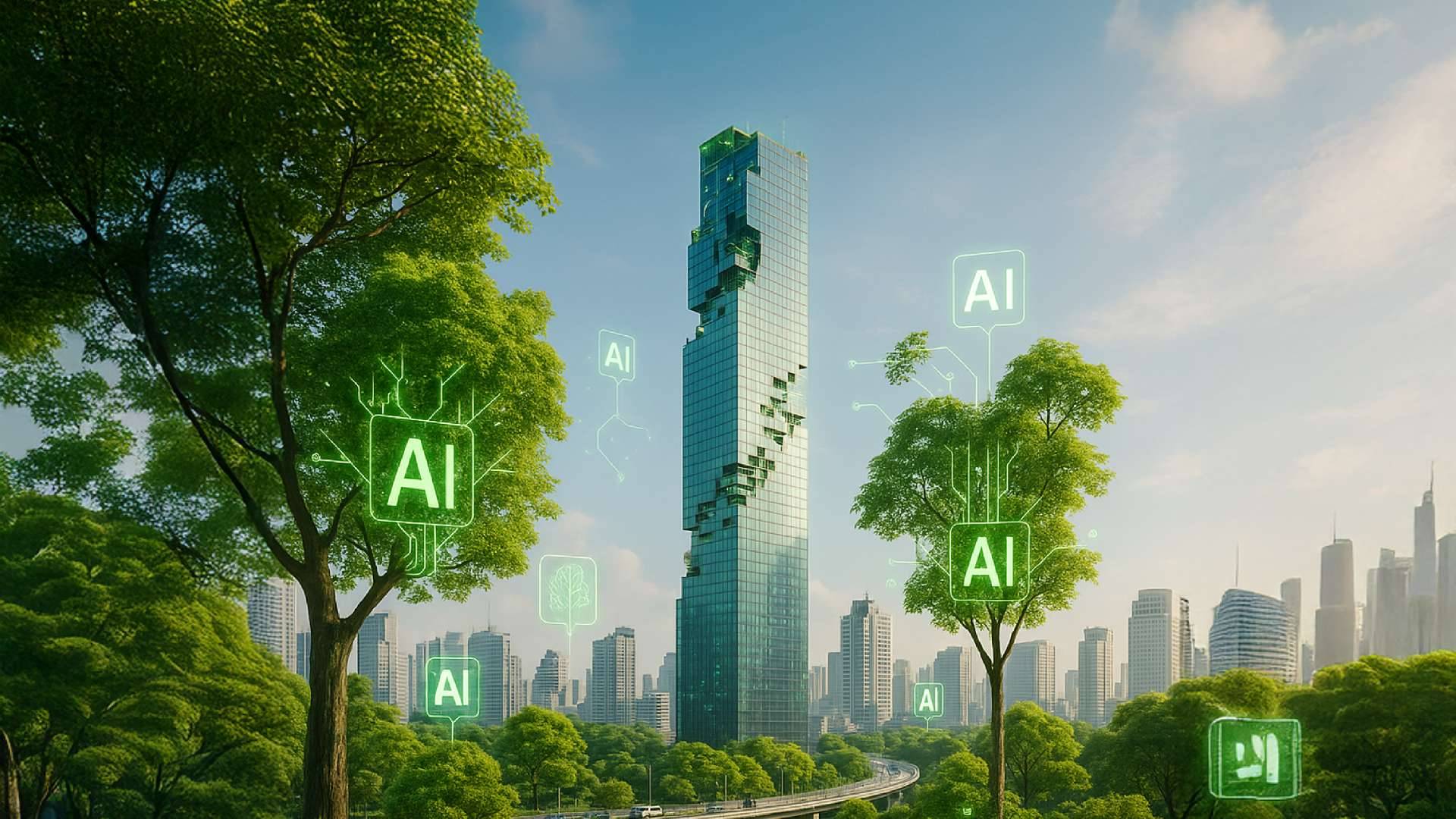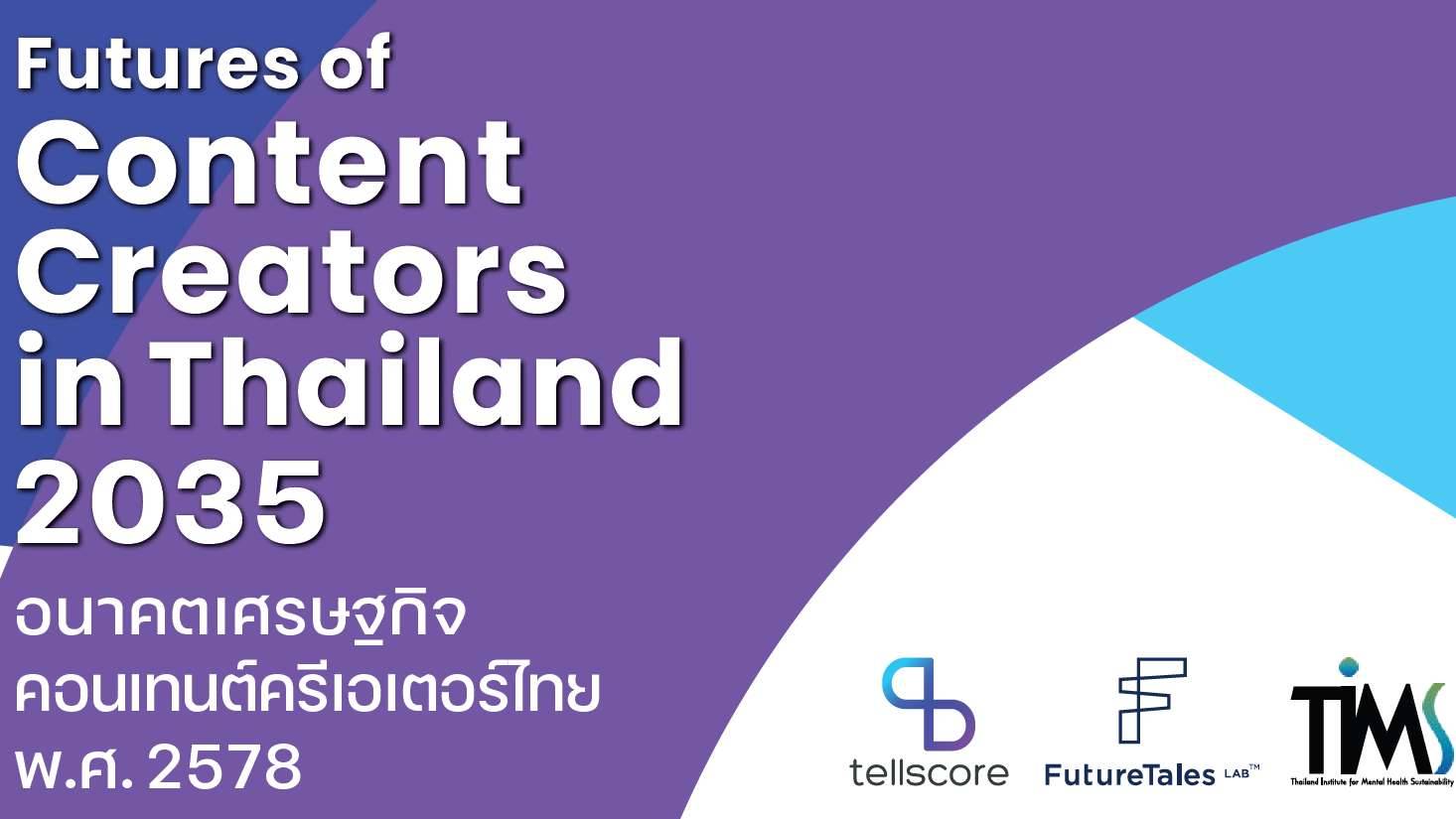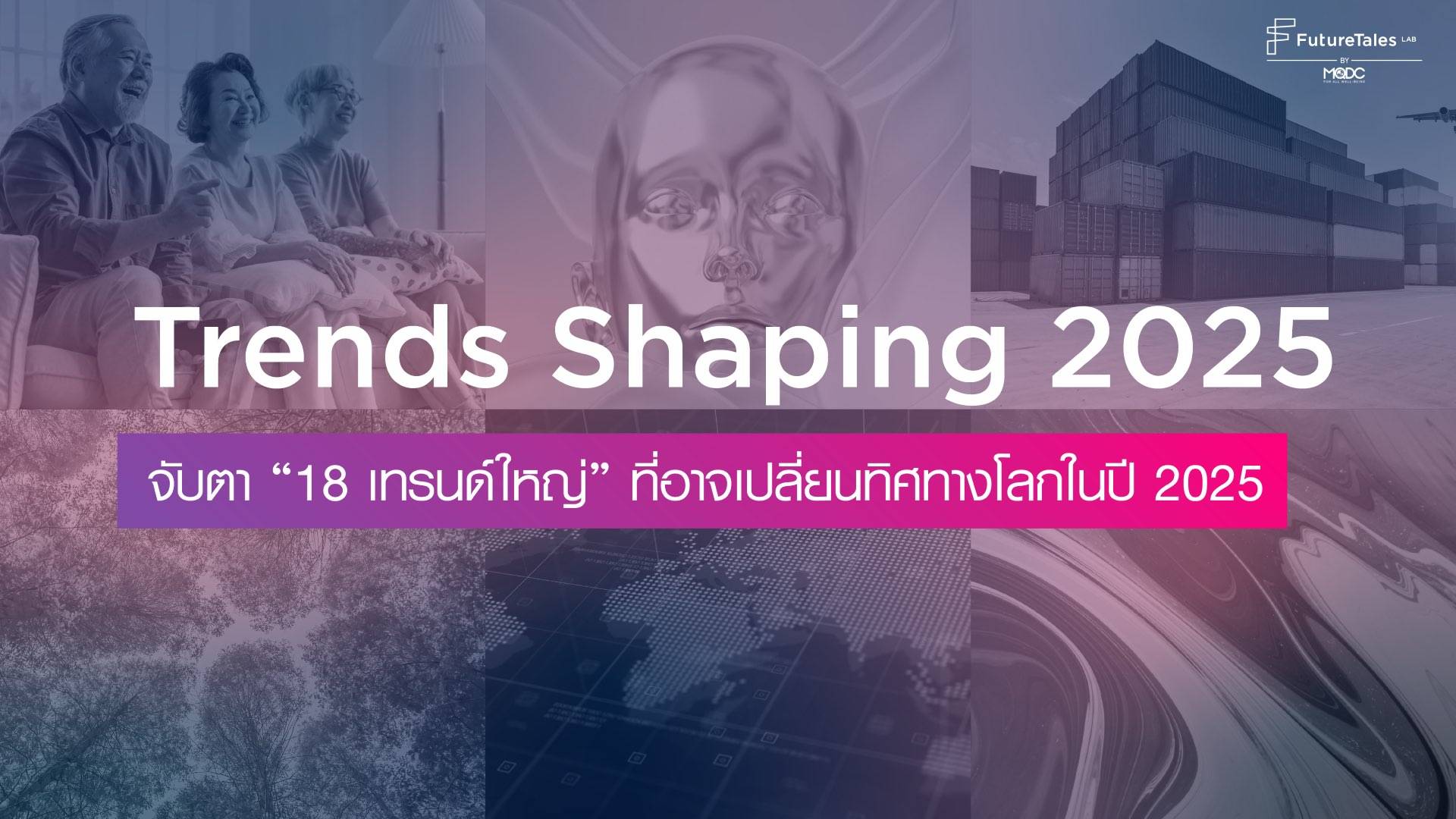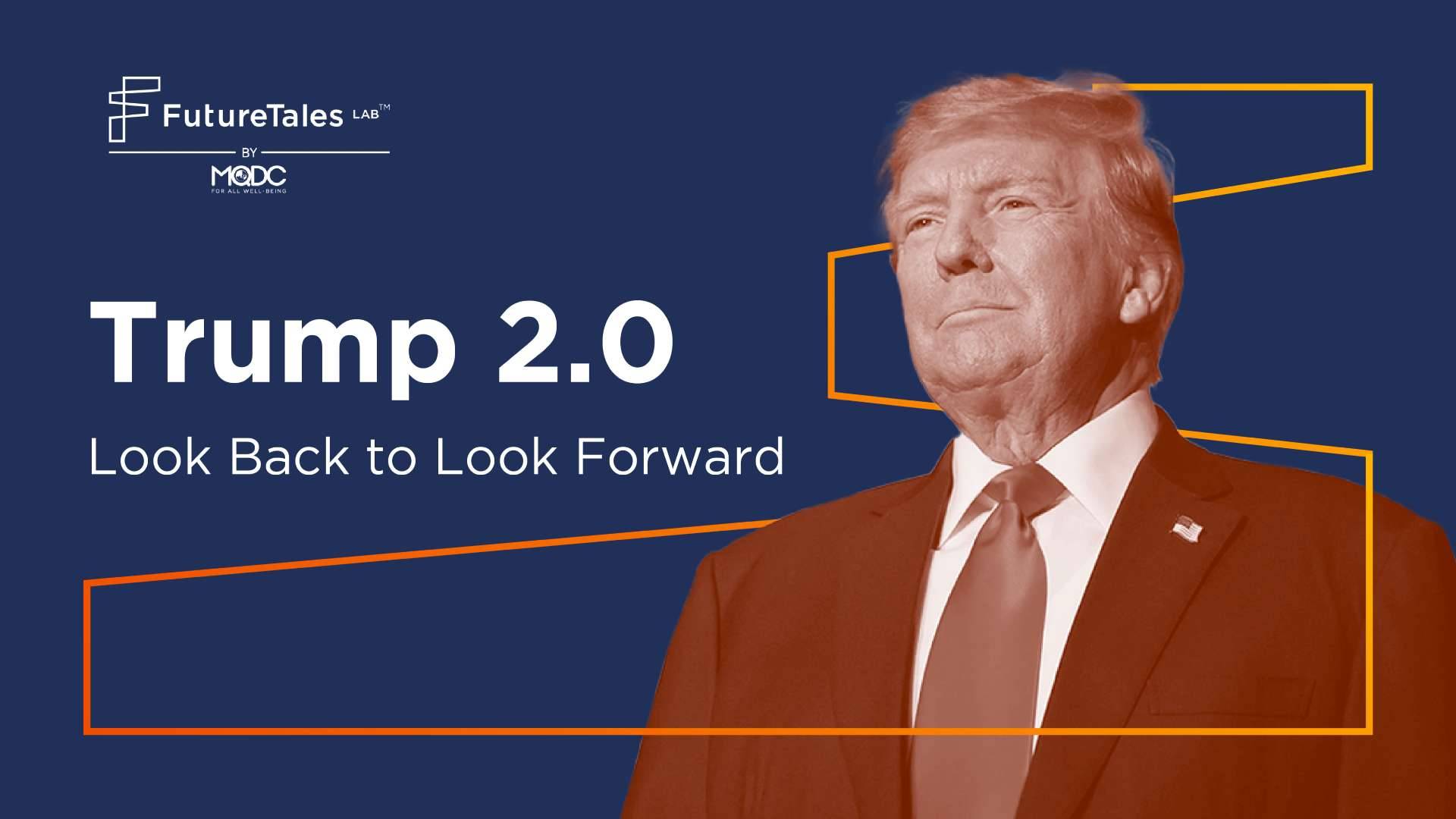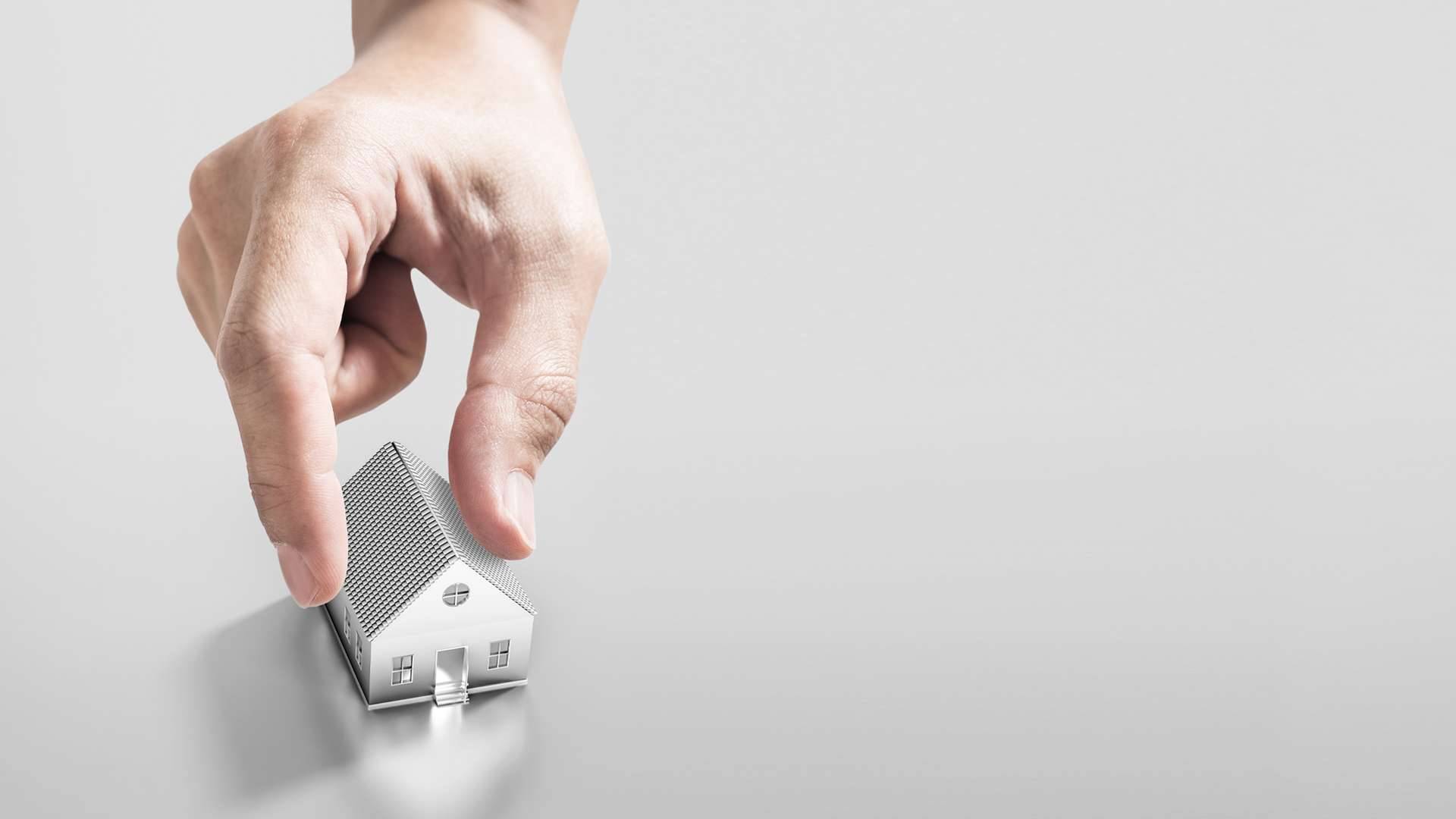
The way we work and do business is changing
ARTICLES | Dec 29, 2021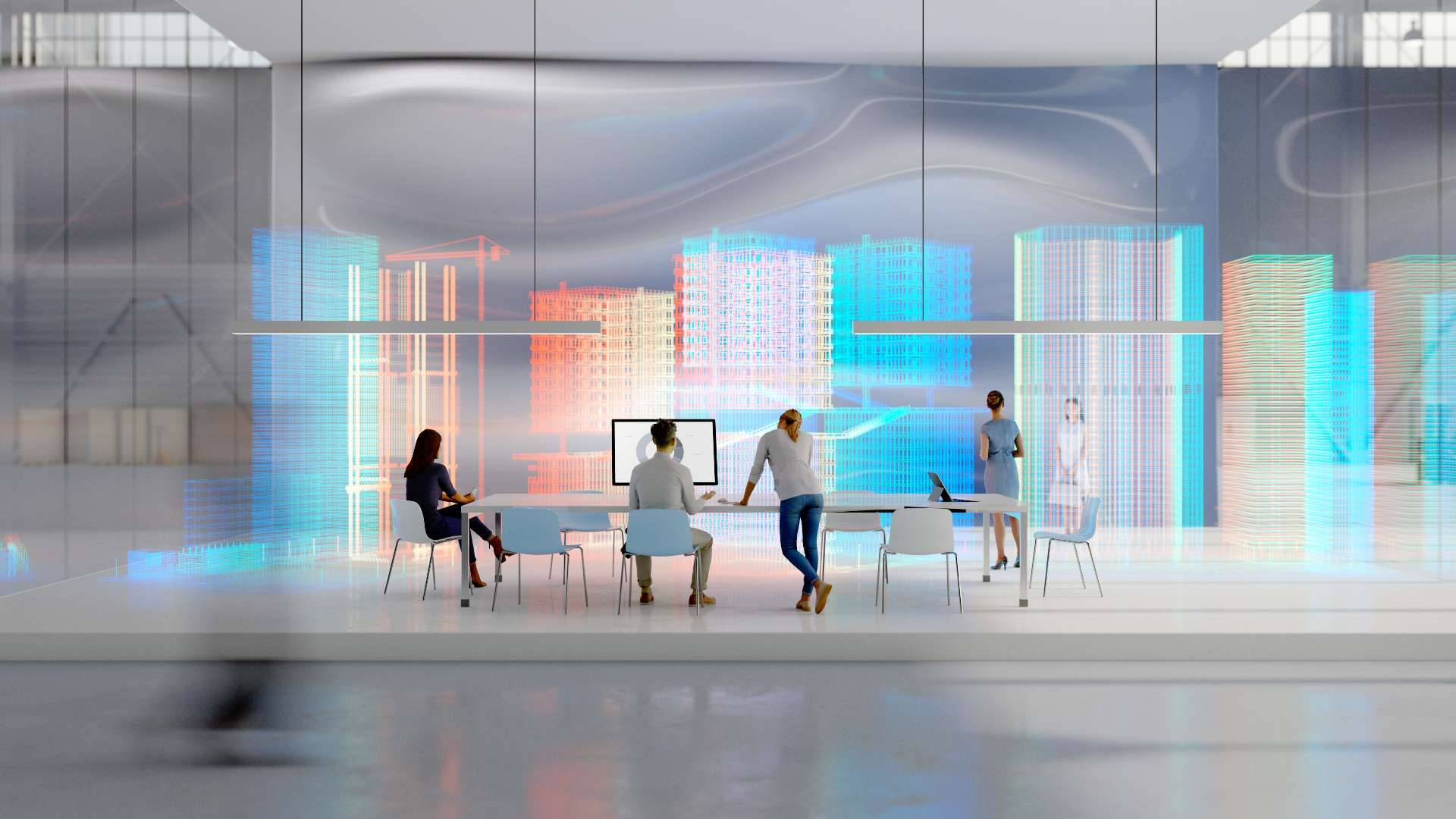
Good workspace design can spark new ideas and is a vital corporate strategy. Let’s look at 2 key trends that will determine future workspaces.
The first trend is about emotion. A good mood boosts work efficiency. Calmness, relaxation, and happiness enhance creativity. A “refueling room” can reduce stress, supporting our well-being and mental ability. A yoga room, games room, massage room, bedroom, or non-tech room can make us happier at work. Big corporations like Google and YouTube have been driving this trend for many years.
Another growing trend is having a smart board and flexible meeting space. Millennials and Gen Z grew up with data so are comfortable with an ever-changing work area. A streamlined meeting place on a virtual platform or a real location alongside a digital board let us transfer data, images, or audio clips across many devices to exchange ideas. It can eventually create teamwork that suits these new generations.
Each type of business and each generation may have different needs. Following and understanding such trends helps companies grow and also helps their people work well.
Implications for the future:
- Creating interactive communication spaces will enable Generation Y and Z to receive and process ideas in different, more efficient ways from previous generations.
- Work buildings will still be necessary in the future. But their purpose will change. Buildings will not be used for working but for interacting, strengthening relationships with colleagues, and overcoming work stress.
- The continuing pandemic means workspaces should meet the needs of hybrid organizations to cope with challenges and ensure work continues without interruption.


